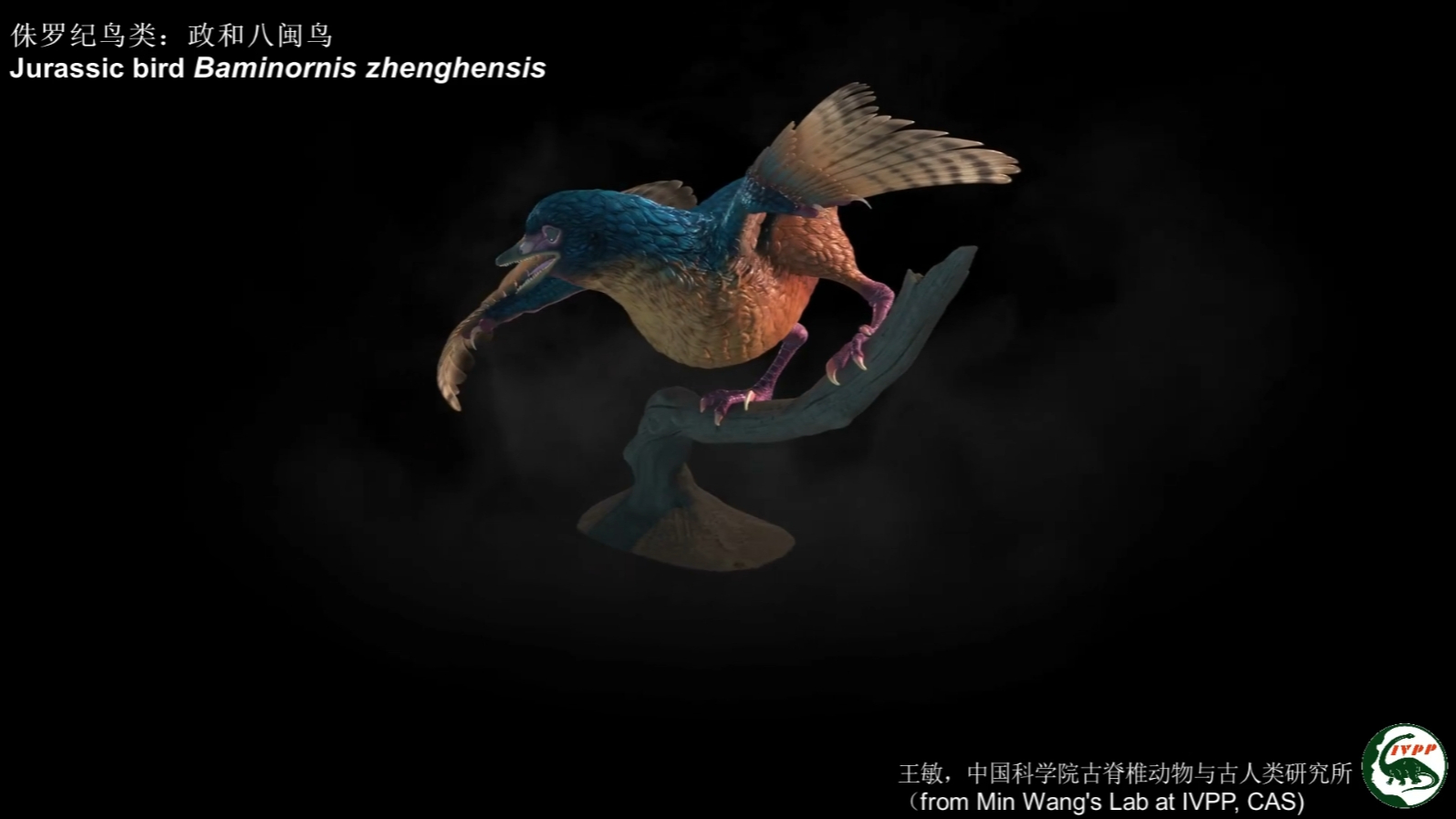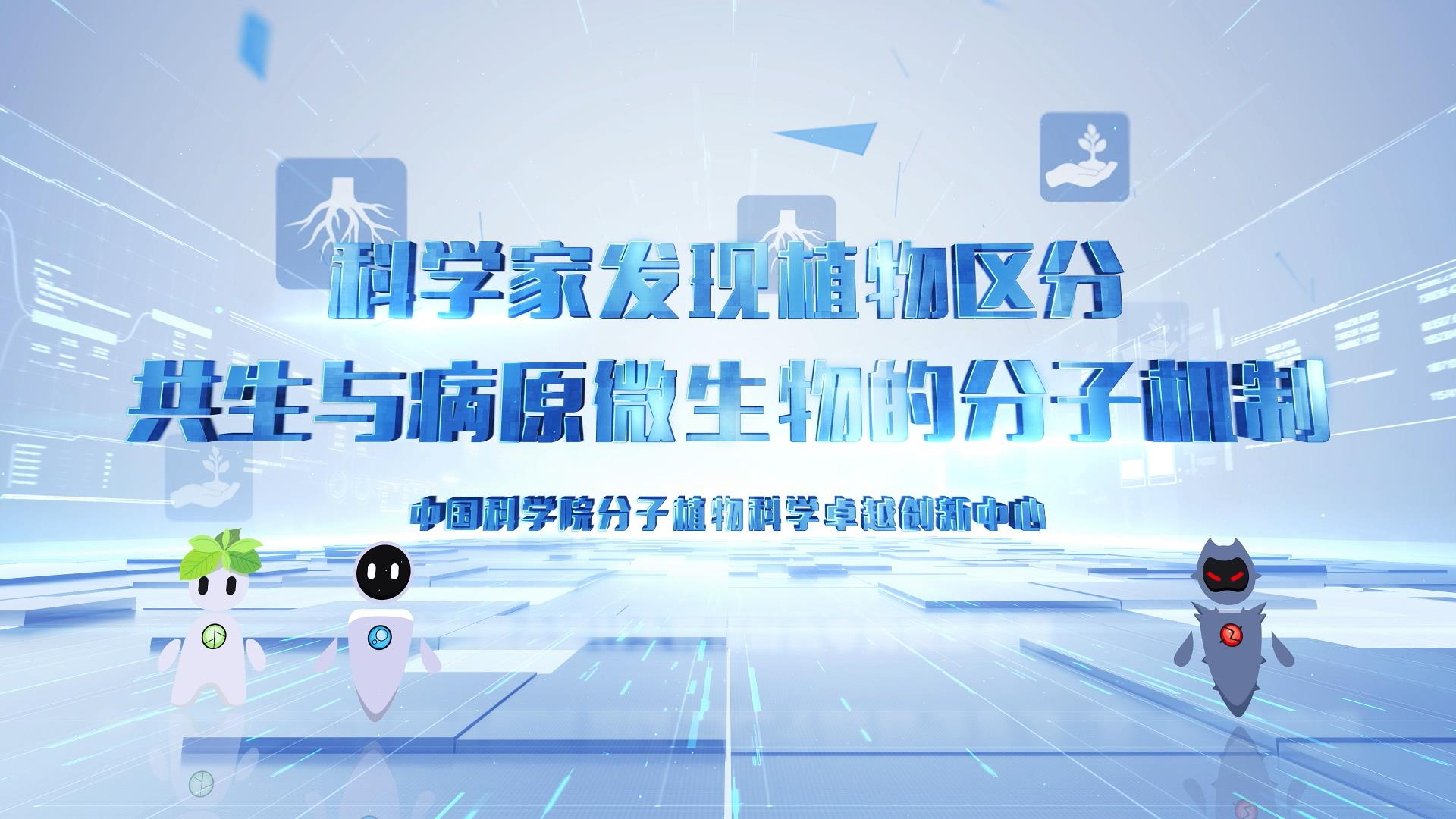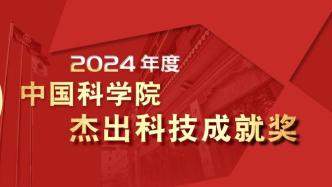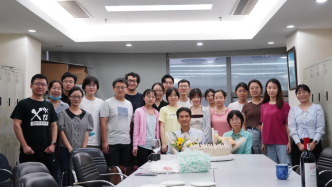
[Editor's Note] With funding from the Shanghai Science and Technology Commission (Project No. 22DZ2304300), The Paper and World Science have conducted popular science reports on the achievements that have won national and Shanghai science and technology awards.
This report focuses on the first prize project of the 2022 Shanghai Natural Science Award "Research on the Triggering Mechanism of Acquired Immune Response". This award was won by researcher Xu Chenqi from the Center for Excellence in Molecular and Cell Science of the Chinese Academy of Sciences.
"The era of immunotherapy has now arrived."
On February 6, 2024, Xu Chenqi, a researcher at the Center for Excellence in Molecular Cells of the Chinese Academy of Sciences, recalled that when he first returned to China in 2009, PD-1 (Programmed cell Death protein-1, programmed cell death protein-1) was not that well known. and attention. Now, PD-1 has been developed as a first-line therapy for tumors.
The "Research on the Triggering Mechanism of Acquired Immune Response" project he leads focuses on the frontiers of immunology science and studies the activation mechanisms of the antigen receptor TCR (T Cell Receptor), the co-stimulatory receptor CD28 and the co-inhibitory receptor PD-1. Revealed the molecular mechanism of immune receptor signal triggering, proposed a new theory of "juxtamembrane electrostatic regulation", and further verified the universality of this theory to other membrane proteins.
This project also proposed for the first time a tumor immunotherapy strategy that combines metabolic regulation and signal regulation, developed a new strategy for immune receptor regulation, and verified its application prospects in tumor immunotherapy.
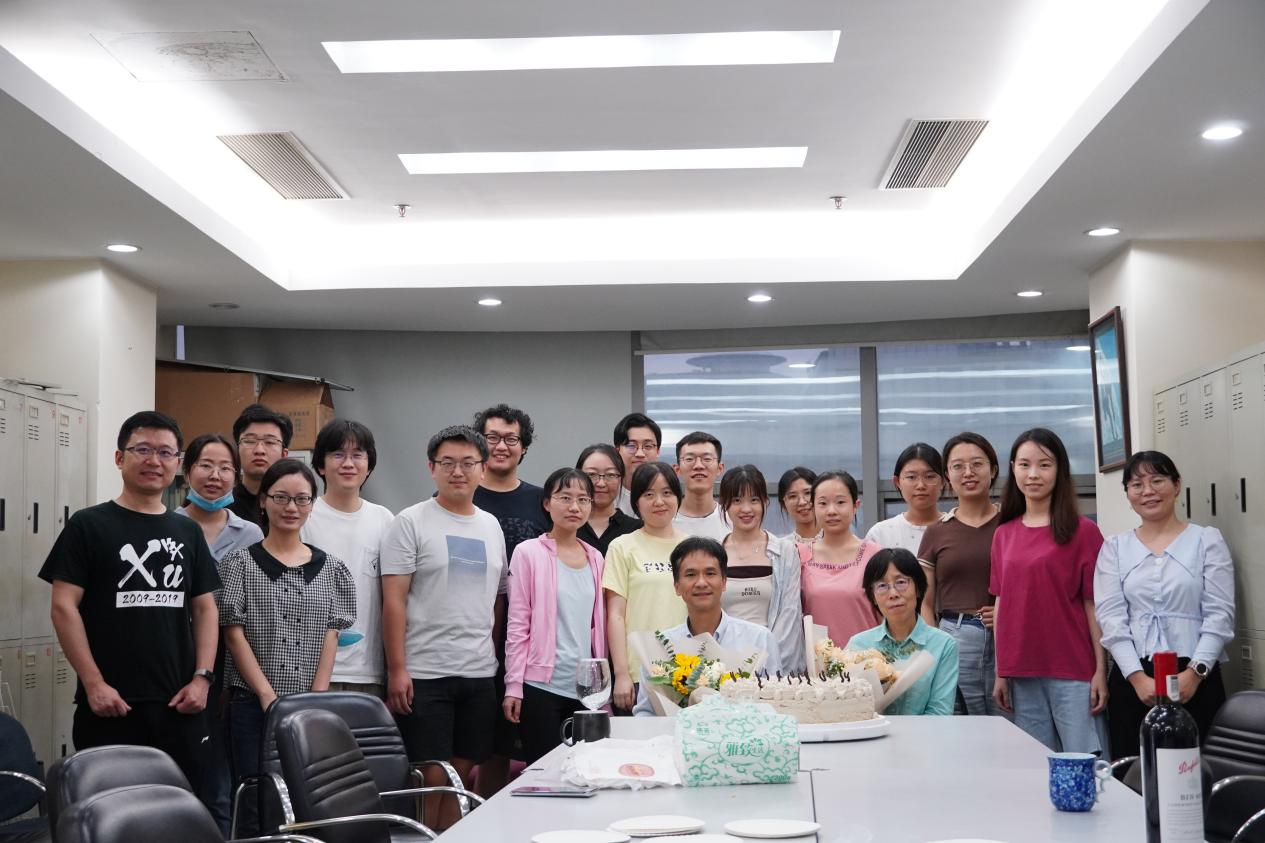
Xu Chenqi Laboratory.
Breaking through the traditional understanding of calcium ions
TCR is the main receptor on the surface of T cells of the immune system responsible for recognizing antigens. It can trigger downstream signaling pathways and activate T cell immune responses.
In 2009, Xu Chenqi completed his postdoctoral training and set up an independent research group at the Shanghai Institute of Biochemistry and Cell Biology, Chinese Academy of Sciences (now the Center for Excellence in Molecular Cell Science, Chinese Academy of Sciences). Following the trajectory of previous research, he thought: when T cells encounter antigens, how does the TCR phosphorylation site dissociate from the cell membrane?
Xu Chenqi's team discovered that after T cells are stimulated by antigens, Ca2+ (calcium ions) will flow from the extracellular to the intracellular compartment, causing an instantaneous increase in the Ca2+ concentration near the intracellular cell membrane. The latter can directly interact with the negatively charged phosphate groups of acidic phospholipids. Binding, neutralizing its negative charge. The interaction between acidic phospholipids and the positively charged region of TCR is therefore weakened, the phosphorylation site of TCR is exposed, and phosphorylation proceeds, thereby amplifying the activation signal of TCR.
This research was published in the journal Nature in 2013.
During the submission of the above paper, the reviewer asked Xu Chenqi a difficult question to answer: How to prove that calcium ions trigger TCR phosphorylation through the charge function, rather than through the signaling function of calcium ions?
It is difficult to have a perfect answer to this question. Because calcium ions have many signaling pathways in cells, the knockout methods at that time were limited, and it was difficult for researchers to block all signaling pathways involved in calcium ions.
Really unable to think of a good solution, Xu Chenqi asked Li Dangsheng, executive deputy editor of Cell Research, for advice. Li Dansheng suggested introducing transporters for other ions in plants, such as copper ions, to see if they can perform the same function. But the operation of this experiment is not simple. It requires reconstructing a plant ion protein in human T cells and then sending the ions into the cells.
Inspiration occurred while watching a football match. Xu Chenqi, who likes watching football games, asked Li Dangsheng to watch the Shanghai Shenhua team together and continued to discuss the reviewer's issues in the taxi. Xu Chenqi suddenly thought of a document he had read earlier, which mentioned that the calcium ion channel on T cells is not specific. In addition to the influx of calcium ions, it can also influx other divalent cations, such as strontium ions, Palladium ions.
He immediately called his student Shi Xiaoshan and asked him to try these two ions.
Experimental results show that replacing calcium ions with strontium ions has the same phenotype. At the same time, strontium ions do not trigger the downstream calcium ion signaling pathway in T cells. The problem is solved.
Xu Chenqi often tells this story in class. “In scientific research, mutual discussion and criticism is as important as mutual support,” he said.
"The emergence of this experimental design was just a flash of inspiration. We only did a very simple experiment and answered a difficult question." Xu Chenqi told The Paper that by telling this story, we also hope to encourage students to communicate with each other. Think about problems from different perspectives.
"Brake " and near-membrane electrostatic regulation
Xu Chenqi's team installed the CD3ε signal region on a CAR (Chimeric antigen receptor) molecule that has no "braking" mechanism and named it E-CAR.
However, compared with natural TCR molecules, CAR-T cells have the disadvantages of short lifespan and risk of side effects due to their excessive "activity". E-CAR overcomes these two shortcomings. In 2020, the results of this research were published in the magazine "Cell" and was selected as one of the top ten advances in life sciences in China that year.
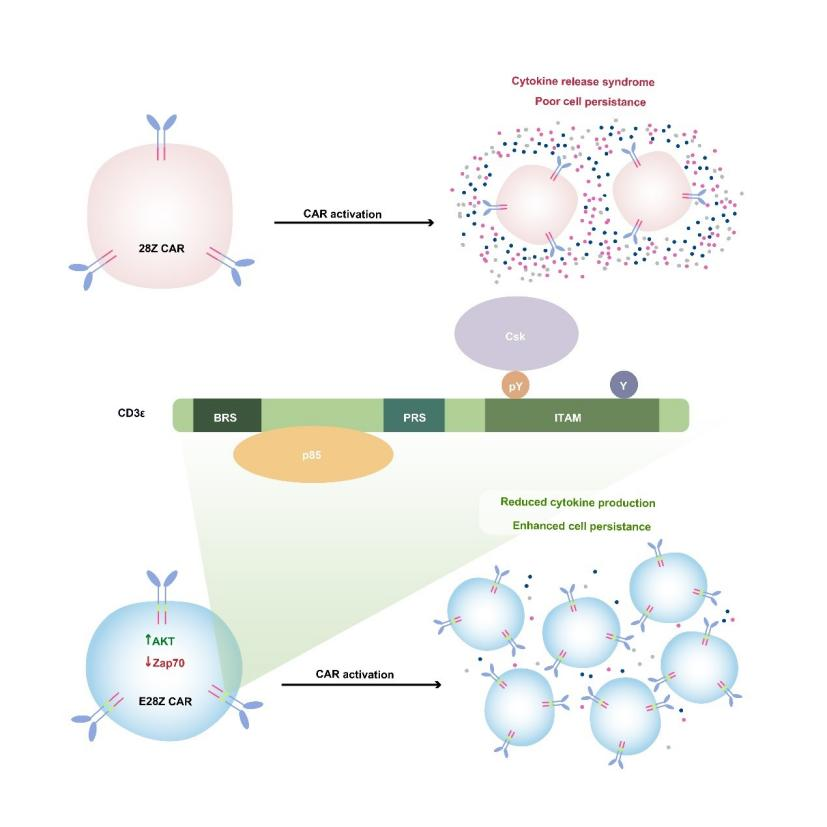
A new type of CAR-T cell therapy designed based on the multiple signaling functions of CD3e protein.
In addition, TCR signaling alone is not sufficient to activate T cells. Even if it is activated, it will immediately fail and require the assistance of the costimulatory molecule CD28.
Xu Chenqi's team found that acidic phospholipids can shield the phosphorylation site of CD28, and calcium ions can amplify the CD28 signal by neutralizing the negative charges of acidic phospholipids. The paper was published in Nature Structural & Molecular Biology in 2017.
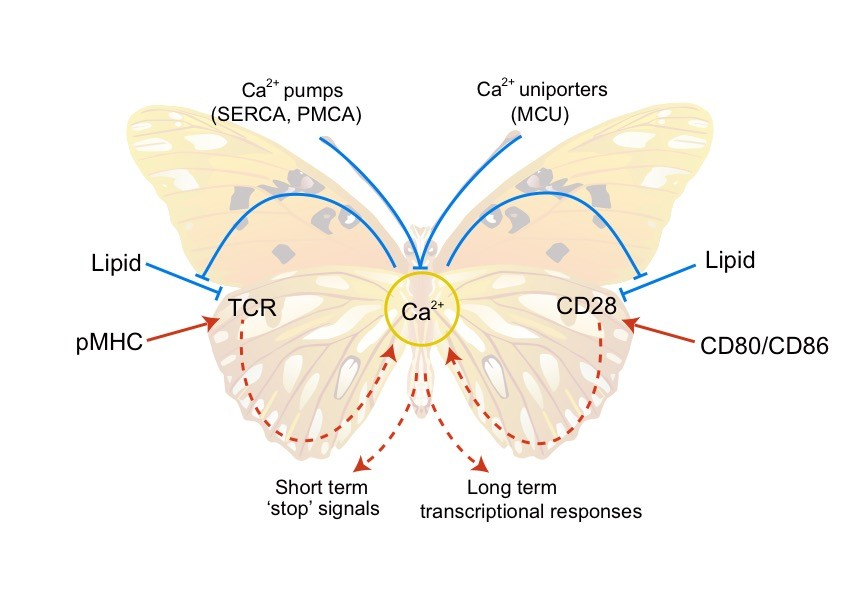
TCR-Ca2+-CD28 double loop positive feedback model.
Afterwards, when collaborating with other teams, Xu Chenqi's team discovered that phospholipid/calcium ion electrostatic regulation is also applicable to various other immune receptors.
From this, Xu Chenqi's team concluded the theory of "juxtamembrane electrostatic regulation", that is, acidic phospholipids can regulate the conformation and function of immune receptors through electrostatic interactions, and calcium ions can neutralize the negative charges of acidic phospholipids, thereby indirectly regulating Immune receptor activity.
Propose new strategies for metabolic regulation
In 2006, Li Boliang, former director of the Center for Excellence in Molecular Cell Science, Chinese Academy of Sciences, took the lead in establishing the "Metabolomics Mechanism of Control of Cholesterol Metabolism Balance and Related Important Diseases" project, which received support from the Ministry of Science and Technology. Xu Chenqi joined this project, and the research topic is cholesterol metabolism in T cell immunity.
Xu Chenqi's team found that the cholesterol level of T cells is directly related to their activity and immune killing ability.
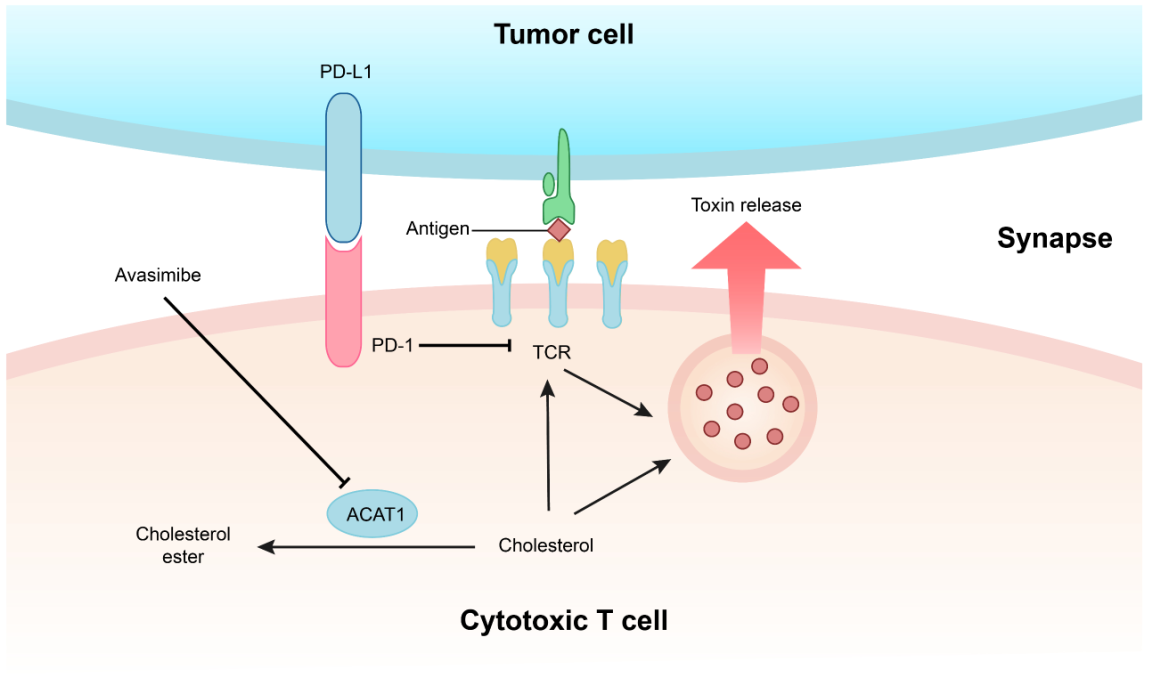
A new method of tumor immunotherapy based on the regulation of cholesterol metabolism.
"We thought, if cholesterol is a good thing, why should it be stored? If the storage of cholesterol is inhibited and fully utilized, T cell activity can be further improved." Xu Chenqi's team found that inhibiting the enzyme that mediates cholesterol storage ACAT1 can effectively enhance T cell immune function.
Furthermore, they used the ACAT1 inhibitor Avasimibe to treat a variety of tumors in animal models and found that it has a good anti-tumor effect, and the drug has better effects when combined with existing anti-PD-1 drugs.
Xu Chenqi introduced that Avasimibe is a cardiovascular disease drug developed by Pfizer of the United States (PFE.US). It failed in the Phase 3 clinical trial, but the successful Phase 1 and Phase 2 clinical trials proved its safety in humans. This discovery provides a new idea for tumor immunotherapy and was selected as one of the top ten scientific advances in China and the top ten advances in life sciences in China in 2016.
"Converting is a very brave thing. It is more difficult than publishing a paper. On a theoretical level, you can publish a good paper by explaining 20% of the contribution of a certain pathway. But in practice, maybe these 20% Contributions are of no use at all,” Xu Chenqi told The Paper.
Although Xu Chenqi believes that he is not suitable to be a full-time entrepreneurial scientist, he still hopes to transform his 20 years of original results into products that are truly beneficial to human health. The E-CAR designed by his team is now testing its effectiveness and safety in two investigator-initiated clinical trials, targeting tumors and autoimmune diseases respectively. They also launched the E-CAR2.0 version and plan to continue to optimize it. "If you think of it as opening a store, I hope to open a century-old store without opening branches, and focus on constantly updating my products." Xu Chenqi said.
Basic research will still be the main direction of Xu Chenqi’s laboratory, and the main focus in the future will be on antigen immunity and lipid metabolism. "Everyone has seen the application prospects of TCR-T cell therapy, but some basic questions behind it still need to be answered. For example, what is the specificity of antigen immunity? We will also pay attention to the lipid metabolism mechanism. Cholesterol is our 'test water' molecules, and we will continue to study other lipid molecules."
